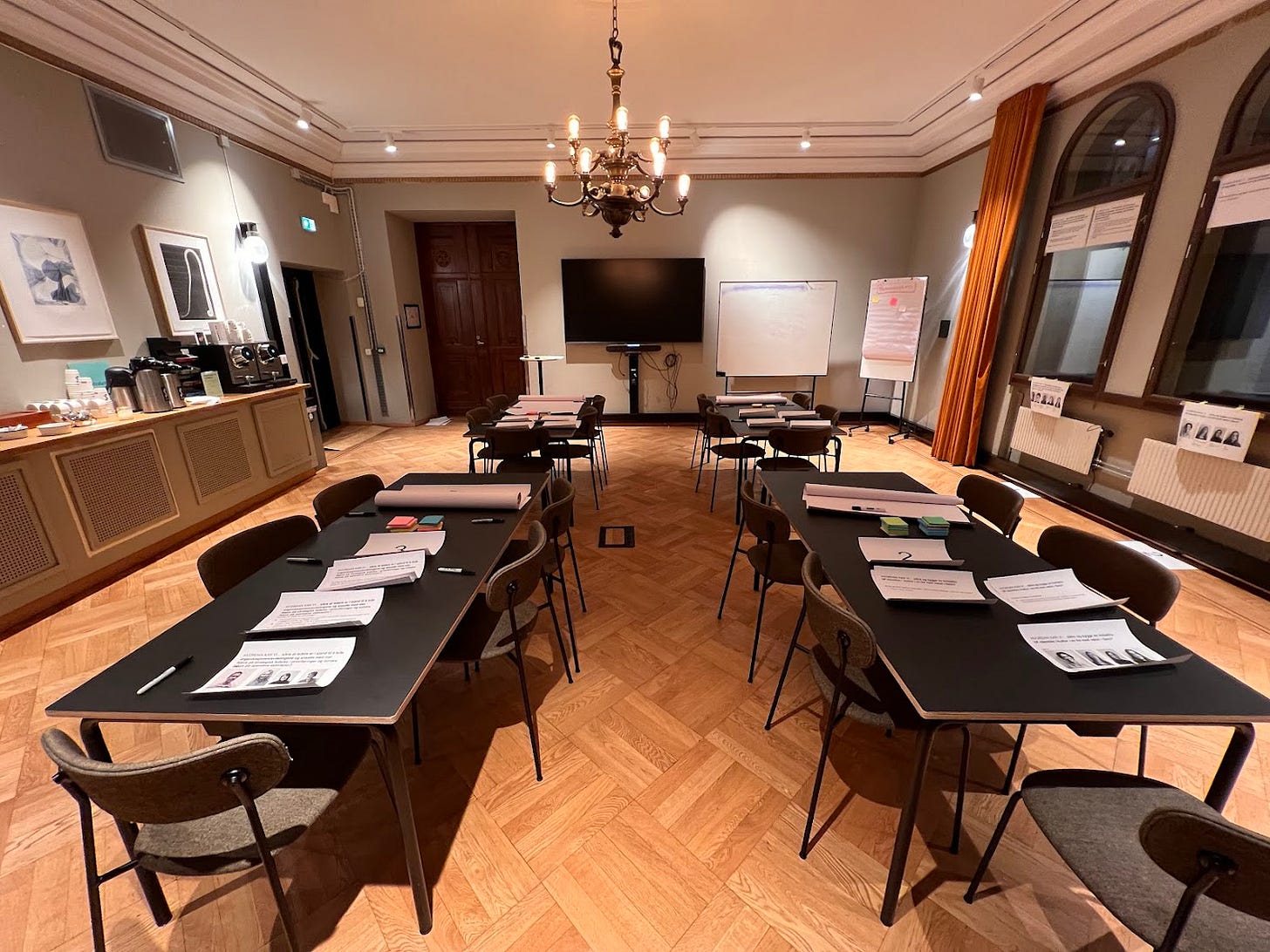The Workshop Space Advantage: Your Silent Co-Facilitator
Unlocking Creativity and Collaboration
When designing a workshop, we often focus on content, facilitation techniques, and participant engagement. But one crucial element that is sometimes overlooked is the physical space itself. The room where a workshop takes place has a profound impact on energy levels, collaboration, and ultimately, the outcomes we hope to achieve.
How Space Shapes Experie…
Keep reading with a 7-day free trial
Subscribe to Facili-station to keep reading this post and get 7 days of free access to the full post archives.


